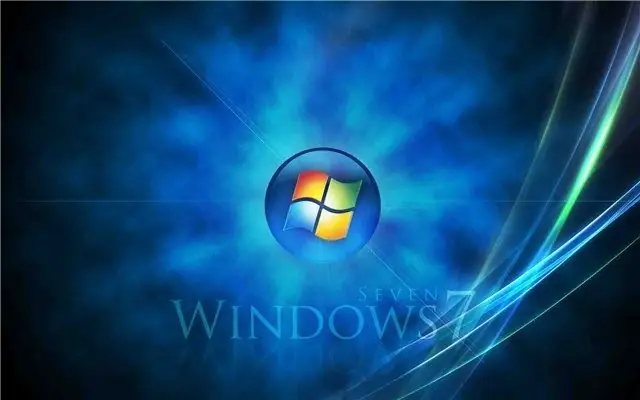With active use of the computer, all changes made in various files are saved on the hard disk. The new file is written to the first free space on the disk, and if it is more than the required space, then the rest of the object is transferred to the next unallocated fragment. At the same time, an unimaginable "mess" of pieces of files appears on the hard drive. To keep these fragments in order, you need to regularly defragment your disk.

Necessary
a computer with Windows 7
Instructions
Step 1
The Windows 7 operating system has a built-in tool for this operation. There are several ways to go to defragmentation. The simplest is through the "Start" button. Click Start - All Programs - Accessories - System Tools - Disk Defragmenter. A corresponding window will open from which you can start the process. Here you can configure the execution of the program on a schedule or go directly to defragmentation.
Step 2
If you click "Configure Schedule" - another window will appear in which the "Frequency" is set - how often this operation should be performed. Can be selected from the monthly / weekly / daily list. In the following paragraphs, you can select a specific day of the week, the start time of the process and the list of disks that require defragmentation.
Step 3
To assign defragmentation of a particular hard drive, you must uncheck the "All disks" item and select a specific disk or disks. Also, before starting defragmentation, you can check the need for it. To do this, immediately after selecting a disk, click the Analyze Disk button. The analysis of the location of files on the selected hard drive will begin, the duration of which depends on its size and the number of files on it. It is not recommended to perform defragmentation if its percentage does not exceed 10%.
Step 4
Once configured, click the "Defragment Disk" button. The process of analyzing the disk will begin, after which the defragmentation process itself will automatically start, the duration of which depends on the number and size of the selected disks, as well as on the amount of free space on them.
Step 5
Moreover, the dependence on the latter factor is very high: the less free space on the disk, the slower the program execution, since during defragmentation many operations are performed overwriting files to a new location, and if you have less than 20% of free space, it is recommended to move some files to another disk or to an external drive (USB flash drive).
Step 6
After defragmentation is complete, the files on your disk will be located in the optimal order, which usually has a positive effect on the performance of the computer as a whole, although not always noticeably. However, it is obvious that after defragmenting, the daily load on your hard drive will noticeably decrease, which in turn will lead to an increase in the life of your computer.






